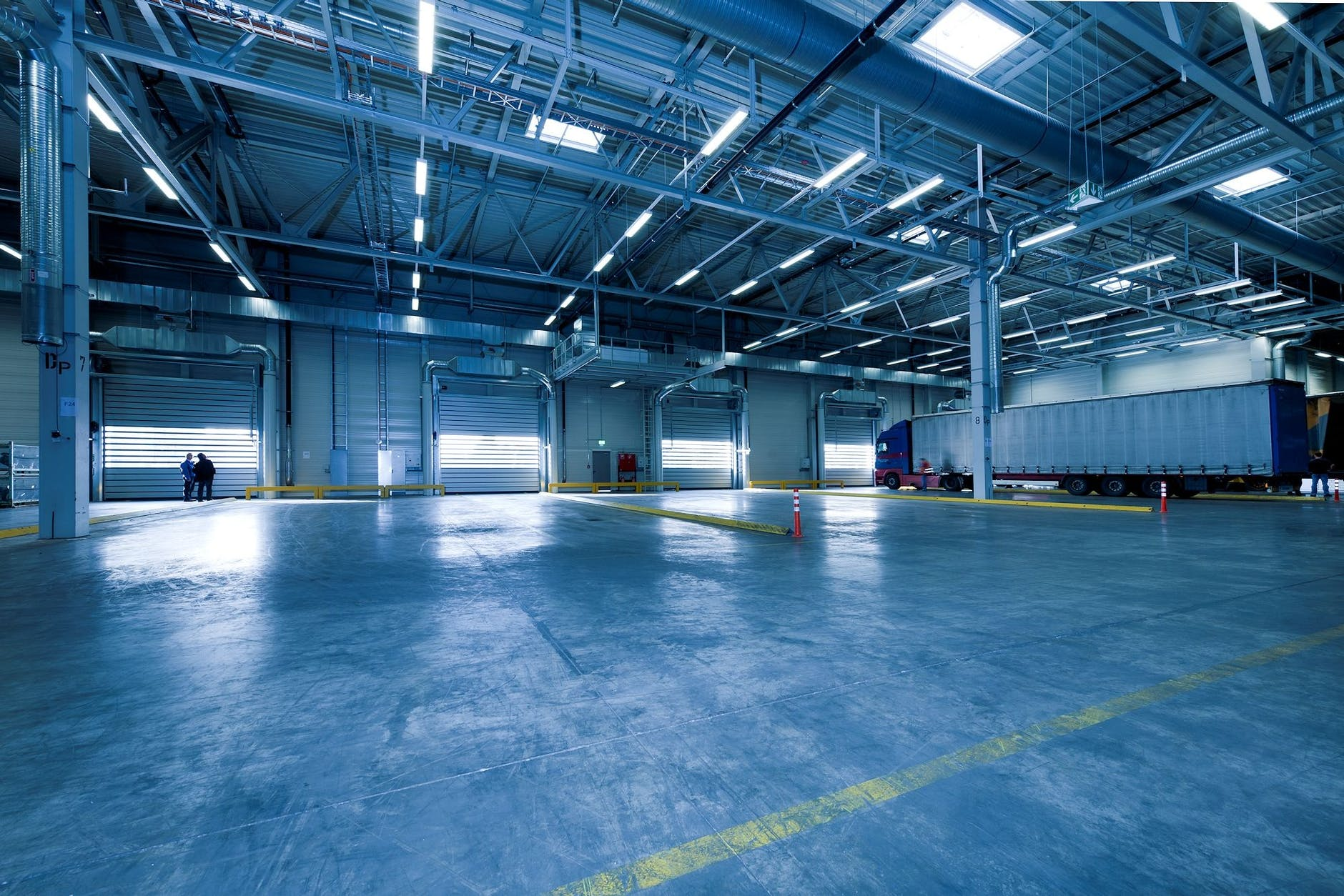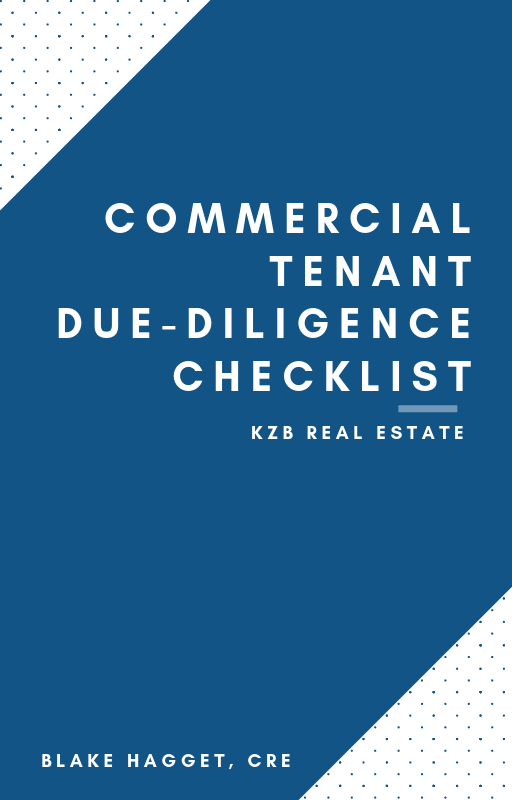Commercial Property Depreciation

Commercial property depreciation is a hot topic in the real estate investor community because it can reduce your tax bills. As a property owner, you can use depreciation rules to cut tax liability on your earnings, slashing the amount you pay the IRS.
Use the form or phone number below to reach out.
What is commercial property depreciation?
Commercial property depreciation is a measure of the rate that buildings lose value over time. It occurs for all sorts of reasons; most commonly, because of physical wear and tear by people, equipment, and the weather.
From an accounting perspective, it makes sense to include depreciation as an expense. Because depreciation is the loss of your assets’ value, it represents a real cost. To offset it, owners must pay for the upkeep of their buildings. Otherwise, assets will fall into disrepair.
The tax savings offered by commercial property depreciation rules can be substantial. Some investors find themselves thousands of dollars better off every year because of it.
How do you depreciate commercial real estate?

Figuring out how much to depreciate commercial real estate, though, isn’t immediately apparent. How can you tell how rapidly your buildings are losing value?
Fortunately, the IRS determines commercial real estate’s useful life for you, meaning you don’t have to think about it. The tax agency currently sets a depreciation period of 39 years for commercial property, letting you subtract 1/39th of its value every year from your taxable income.
The 39 years set out by the IRS is just an accounting guideline. In reality, you never know precisely when your buildings will be “used up.” Many commercial properties have been in continuous use for more than a hundred years – and they’re still going strong.
How do you calculate depreciation on a building?
Rules state that you can’t depreciate land your commercial property sits on – only the buildings. That’s because land doesn’t get “used up” – it’s always there.
To calculate the depreciation on a building, you subtract the land value from the total price paid for the property and then divide by 39.
For instance, suppose you paid $1,000,000 for a warehouse, and you know that the land it sits on is worth $500,000. The building component of the property, therefore, is worth $500,000. Dividing this figure by 39 years yields an annual depreciation expense of $12,820.
This figure operates just like any other expense, meaning that you can subtract it from your taxable income.
For instance, let’s say that your tenants pay you $75,000 per year to rent your warehouse – your gross rental revenue.
Let’s also suppose that you pay $30,000 in management expenses, property taxes, insurance, and marketing costs.
Your income after expenses is your gross rental revenue, minus all your regular costs, which yields $45,000.
Without depreciation, you’d pay tax on the full $45,000. But thanks to depreciation accounting rules, you can slash your taxable income by your depreciation expense of $12,820, giving you a taxable income of $32,180.
Property investors can, therefore, reduce their tax bills considerably by using depreciation rules. That’s why they’re such a hot topic in the commercial real estate investment sector.
Note, though, that depreciation isn’t just a way of gaming the system; it is a real cost of owning property. Eventually, you’ll need to pay for upkeep and maintenance on your buildings – something you’ll have to meet out of your gross rental income.
In that sense, it is no different from a regular expense. You still have to pay it. It just seems like something different because you don’t have to meet costs right now. You could, however, get lucky. Many investors find that their depreciation expense is larger than the real cost of upkeep and maintenance.
Commercial property depreciation rates

The IRS sets commercial property depreciation rates, generally depreciated over 39 years. The rate captures the annual improvement cost to maintain the value of the building over the entire period – something you’ll need to pay if you want to keep it in good condition.
39 years might seem like a long time horizon, but special tax breaks under the Tax Cuts Jobs Act (TCJA) mean you can depreciate specific real estate investments even more quickly. For instance, the TCJA reduces the depreciation period for restaurant and retail improvement property and leasehold-improvement property from 39 to 15 years.


